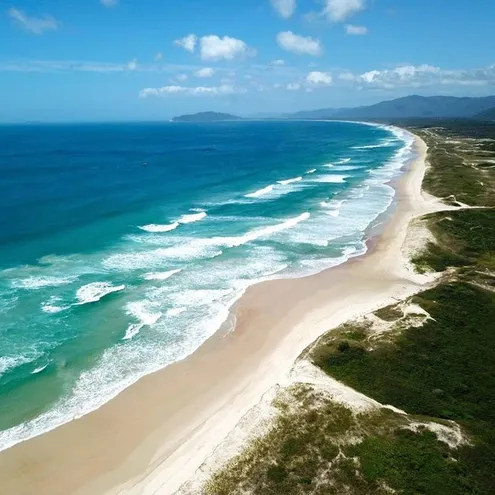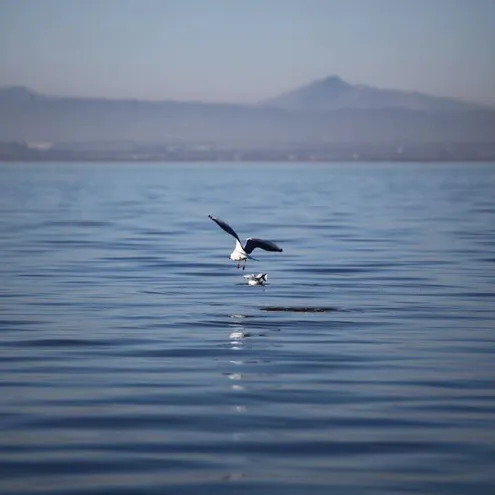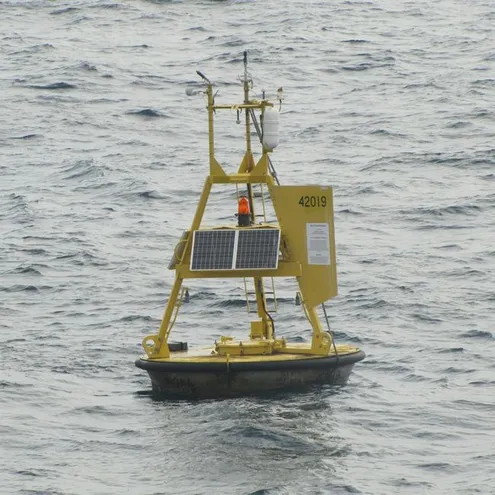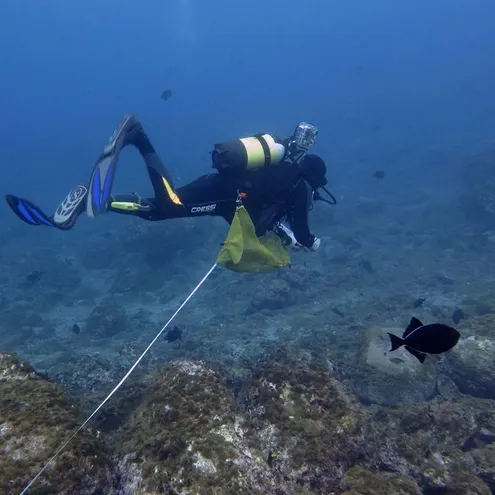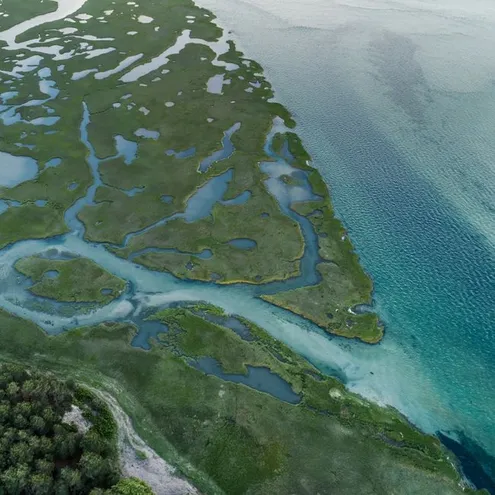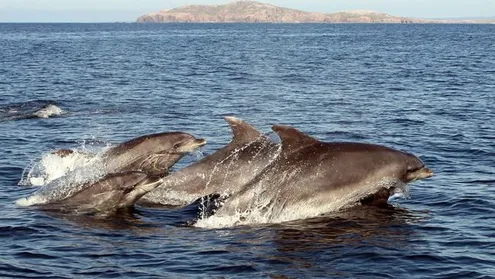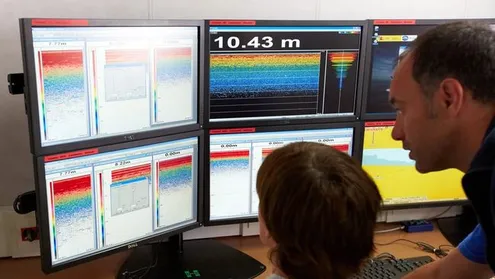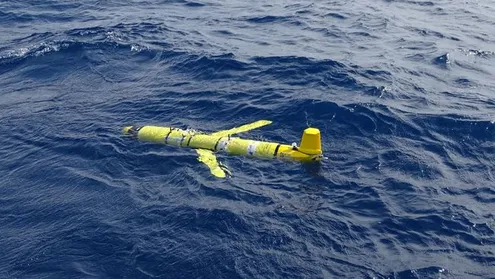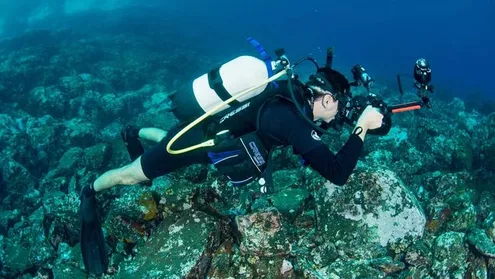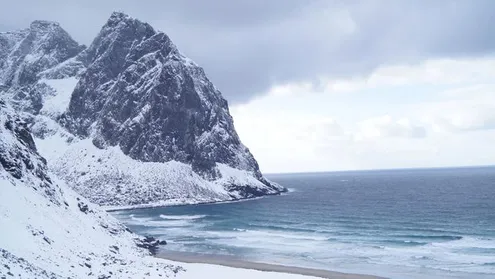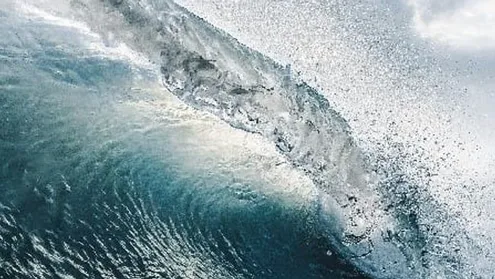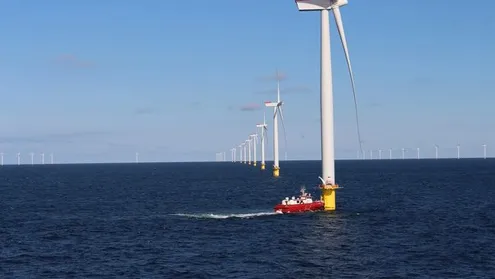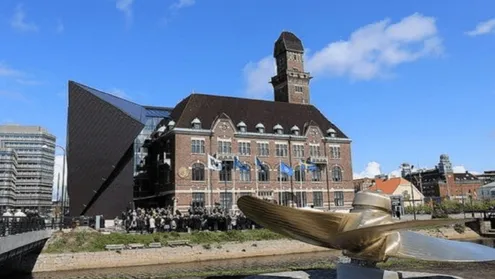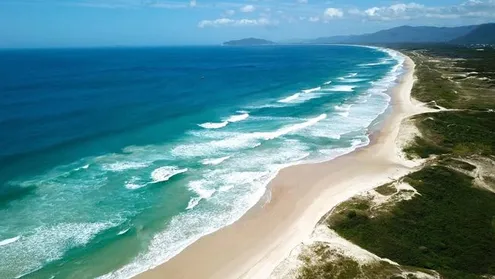IEAs go beyond observing ecosystem status. Engaging scientists, marine stakeholders, and resource managers, the process enables the identification and evaluation of ecosystem components most at risk from natural hazards and the consequences of human activities.
This knowledge provides much-needed evidence to support managers and policy makers in their decision-making, and balances the need for environmental protection with secure, sustainable development. This ensures a positive future for the Atlantic Ocean and its peoples.
